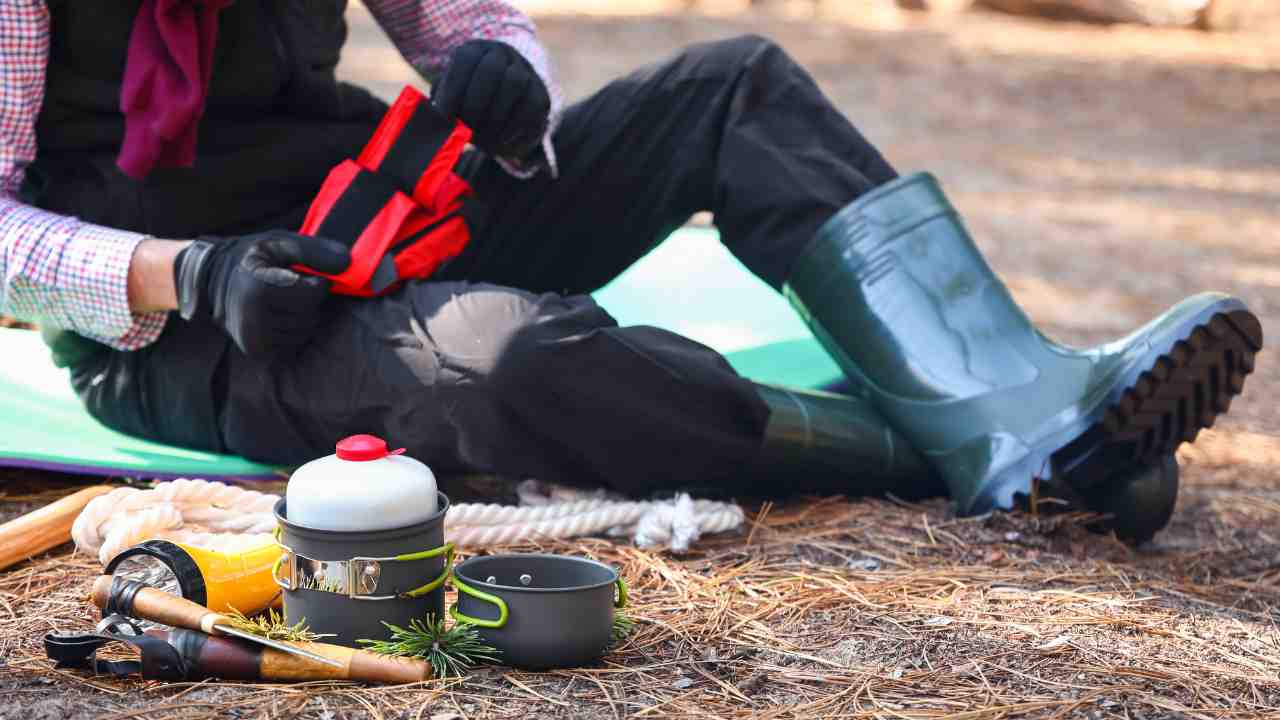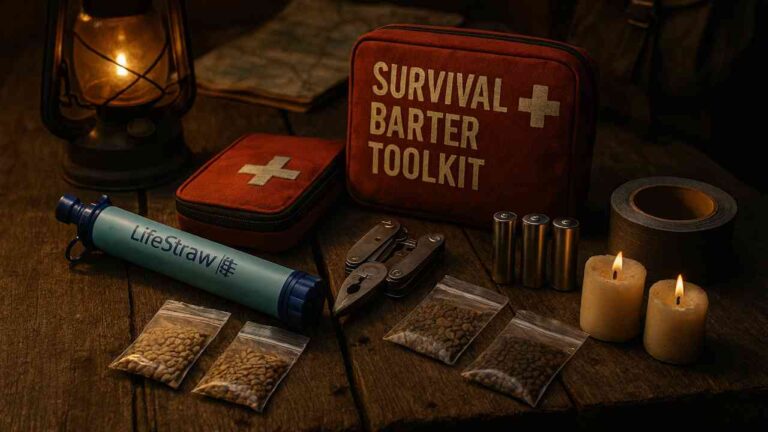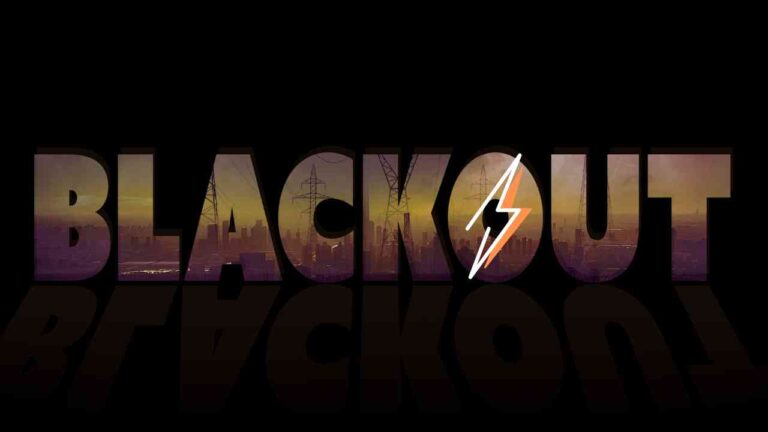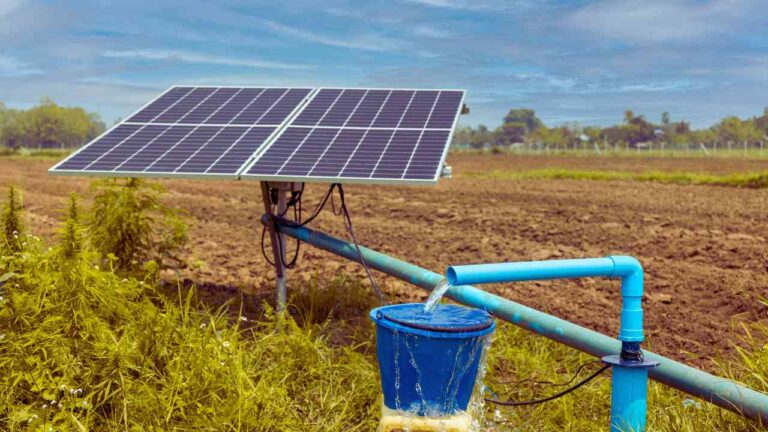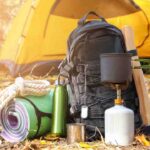Key Takeaways
- Urban survival gear is essential for navigating emergencies in a city.
- Focus on water, food, shelter, first aid, tools, communication, and safety.
- Keep your kit lightweight, portable, and versatile.
- Regularly update and practice using your gear.
- Stay informed and build a support network in your community.
Introduction: Why Urban Survival Matters
Did you know that 85% of Americans live in urban areas, yet fewer than 40% are prepared for emergencies like power outages, natural disasters, or civil unrest? In a city, survival isn’t just about wilderness skills—it’s about being ready for the unique challenges of urban environments. From navigating crowded streets during a blackout to finding clean water in a high-rise building, city life demands a different kind of preparedness.
That’s where urban survival gear comes in. Whether you’re facing a hurricane, a pandemic, or even a sudden infrastructure failure, having the right tools and supplies can mean the difference between chaos and calm.
In this guide, we’ll walk you through how to build the perfect emergency kit tailored for city living. From essential items to smart strategies, we’ll help you stay one step ahead. Let’s dive in and ensure you’re ready for whatever comes your way.
What is Urban Survival Gear?
Urban survival gear includes the tools, supplies, and equipment specifically designed to help you handle emergencies in a city environment. Unlike wilderness survival, which focuses on remote areas, urban survival tackles challenges like navigating crowded streets during a crisis, finding clean water in a concrete jungle, or staying safe in high-rise buildings during a power outage.
Think portable water filters, multi-tools, emergency radios, and compact first aid kits—items that keep you prepared for the unexpected. Whether it’s a natural disaster, infrastructure failure, or civil unrest, urban survival gear ensures you’re ready to face the unique demands of city living with confidence.
Why You Need Urban Survival Gear
Cities face a wide range of emergencies, and being prepared is crucial. Here’s why urban survival gear is essential:
- Natural Disasters: Earthquakes, hurricanes, and floods can strike without warning. Urban survival gear helps you stay safe, find shelter, and access clean water when disaster hits.
- Man-Made Disasters: Terrorist attacks or riots can disrupt cities instantly. The right gear, like personal alarms or pepper spray, keeps you protected in chaotic situations.
- Infrastructure Failures: Power outages or water shortages can leave you stranded. Urban survival gear ensures you have light, communication, and hydration when systems fail.
- Health Crises: Pandemics or disease outbreaks can limit access to supplies. A well-stocked kit with masks, gloves, and medications keeps you prepared and healthy.
Having the right urban survival gear gives you peace of mind and a higher chance of staying safe, no matter what happens.
Key Principles of Urban Survival
Before diving into the gear, let’s cover the core principles of urban survival:
- Be Prepared, Not Paranoid: Focus on practical, essential items. Avoid overloading your kit with unnecessary gear. Stay ready, not overwhelmed.
- Adaptability: Cities change fast during emergencies. Your gear should be versatile to handle different scenarios, from power outages to evacuations.
- Portability: In a city, you might need to move quickly. Keep your kit lightweight and easy to carry, so you’re always ready to go.
- Self-Reliance: Help may not arrive right away. Rely on your skills and gear to stay safe until assistance comes.
These principles ensure you’re ready for anything urban life throws your way.
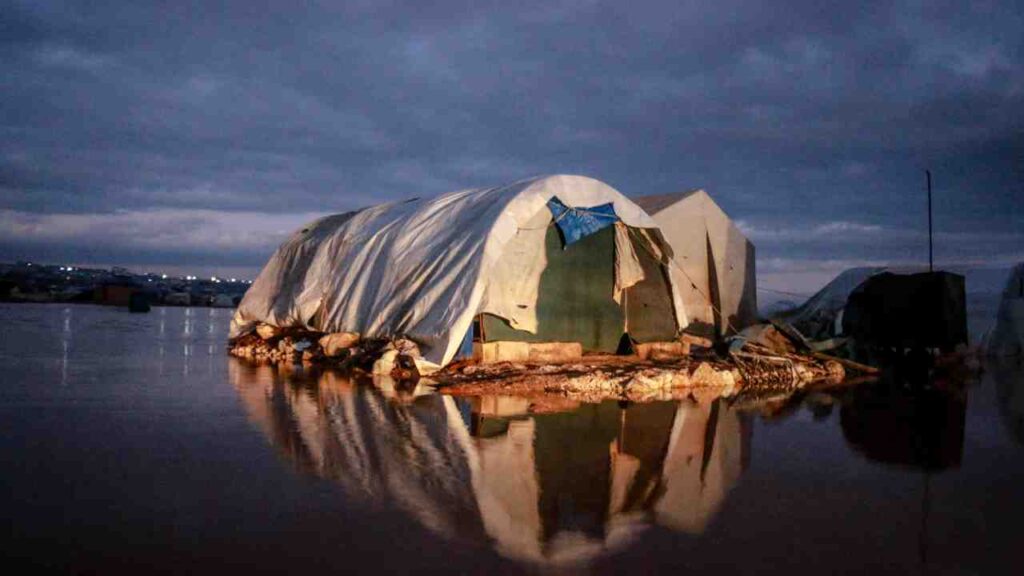
Essential Urban Survival Gear: Checklist
Here’s a breakdown of the must-have items for your urban survival kit. We’ve organized them into categories for easy reference.
1. Water and Hydration
Water is the most critical resource in any survival situation. In a city, access to clean water can disappear fast during emergencies like floods or infrastructure failures.
- Portable Water Filter: A compact filter like the LifeStraw can purify water from taps, rivers, or even puddles. It’s a lifesaver when clean water is scarce.
- Collapsible Water Bottles: These save space and are easy to carry, making them perfect for urban environments.
- Water Purification Tablets: A lightweight backup option for purifying water when filters aren’t available.
Pro Tip: Store at least 1 gallon of water per person per day for drinking and sanitation. This ensures you have enough for at least 3 days.
2. Food and Nutrition
During emergencies, grocery stores may close, and supply chains can break down. Pack non-perishable, high-calorie foods that don’t require cooking.
- Energy Bars and MREs (Meals Ready-to-Eat): Compact, nutrient-dense, and easy to store. Perfect for quick energy boosts.
- Canned Goods: Long-lasting and filling, but don’t forget a manual can opener!
- Dried Fruits and Nuts: Lightweight, portable, and packed with energy.
Did You Know? The average person needs about 2,000–2,500 calories per day to maintain energy during stressful situations. Plan your food stash accordingly.
3. Shelter and Warmth
Even in a city, you might need temporary shelter or warmth during emergencies like power outages or extreme weather.
- Emergency Blankets: Lightweight and highly effective at retaining body heat. They’re a must for staying warm.
- Compact Tarp or Tent: Useful if you need to sleep outdoors or create a makeshift shelter.
- Hand Warmers: Small, disposable, and perfect for cold conditions.
Quick Fact: Hypothermia can occur even at temperatures above 40°F if you’re wet or exposed to wind. Stay prepared!
4. First Aid and Medical Supplies
Injuries can happen during emergencies, so a well-stocked first aid kit is essential.
- Bandages, Gauze, and Antiseptic Wipes: For treating cuts, scrapes, or burns.
- Prescription Medications: Keep a 7-day supply of any medications you rely on.
- Pain Relievers and Anti-Inflammatories: Like ibuprofen or aspirin for headaches or minor pains.
- First Aid Manual: A simple guide to help you handle medical situations confidently.
Pro Tip: Check your first aid kit every 6 months to replace expired items and restock used supplies.
5. Tools and Multi-Purpose Gear
Versatile tools can help you navigate, repair, or defend yourself in an urban environment.
- Multi-Tool: Combines pliers, knives, screwdrivers, and more in one compact device.
- Flashlight and Extra Batteries: A headlamp is even better for hands-free use in the dark.
- Duct Tape: Perfect for quick repairs or makeshift solutions.
- Paracord: Strong and versatile for tying, building, or even creating a clothesline.
Fun Fact: Duct tape was originally designed during World War II for sealing ammunition cases. Today, it’s a survival staple!
6. Communication and Navigation
Staying informed and connected is crucial during emergencies.
- Portable Radio: A hand-crank or battery-powered radio keeps you updated on news and alerts.
- Whistle: A loud whistle can signal for help if you’re trapped or in danger.
- Maps and Compass: When GPS systems fail, these old-school tools can guide you to safety.
Did You Know? During Hurricane Katrina, many survivors relied on portable radios for critical updates when cell networks were down.
7. Personal Safety and Security
Cities can become chaotic during emergencies, so personal safety is a priority.
- Pepper Spray or Personal Alarm: For self-defense in dangerous situations.
- Face Masks and Gloves: Protect against pollutants, diseases, or contaminated air.
- Cash in Small Bills: ATMs may not work during power outages, so keep cash handy.
Quick Tip: Store your cash in a waterproof bag to keep it safe and dry.
Table: Urban Survival Gear Checklist
| Category | Essential Items | Purpose |
| Water and Hydration | Portable Water Filter, Collapsible Bottles | Access to clean drinking water |
| Food and Nutrition | Energy Bars, Canned Goods, Dried Fruits | High-energy, non-perishable food |
| Shelter and Warmth | Emergency Blankets, Compact Tarp, Hand Warmers | Stay warm and protected |
| First Aid | Bandages, Medications, First Aid Manual | Treat injuries and illnesses |
| Tools | Multi-Tool, Flashlight, Duct Tape | Repairs, navigation, and versatility |
| Communication | Portable Radio, Whistle, Maps | Stay informed and signal for help |
| Safety | Pepper Spray, Face Masks, Cash | Protect yourself and stay prepared |
Quick Tips for Urban Survival
- Stay Informed: Follow local news, weather updates, and emergency alerts. Sign up for apps like FEMA or local government alerts to get real-time information during crises. Knowledge is your first line of defense.
- Know Your Exits: Familiarize yourself with escape routes in your building, workplace, and neighborhood. Identify multiple paths in case one is blocked. Being prepared can save precious time in an emergency.
- Build a Network: Connect with neighbors, coworkers, and community groups. A strong support network can share resources, provide help, and boost morale during tough times. Together, you’re stronger.
- Practice Regularly: Test your gear and run through emergency scenarios. Practice using your water filter, setting up a tarp, or navigating without GPS. Regular drills build confidence and ensure you’re ready when it matters most.
Conclusion: Be Smart, Be Prepared
Building the perfect urban survival gear kit isn’t just about buying supplies—it’s about taking control of your safety. By following this guide, you’ll have the tools and knowledge to handle any urban emergency with confidence. From clean water and food to first aid and communication, every item in your kit plays a vital role in keeping you safe.
Remember, preparedness is a journey, not a destination. Start small—gather the essentials, learn how to use them, and practice regularly. Stay consistent, update your kit as needed, and build a support network with your community.
Emergencies can happen anytime, anywhere. But with the right urban survival gear and a proactive mindset, you’ll be ready to face whatever comes your way. Stay smart, stay prepared, and take the first step toward a safer tomorrow.
Your safety is in your hands. Start today!
